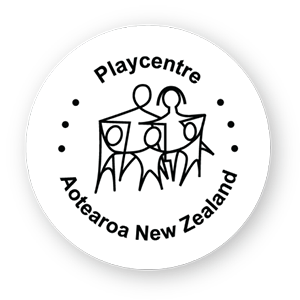Tuia ki te Rangi
Tuia ki te Whenua
Tuia ki te Moana
E rongo te Pō
E rongo te Ao
It is written in the heavens, upon the lands and in the sea
And reflected in the division between night and day.
Credit for whakataukī, Rereata Makiha
Matariki Puanga
Celebrations across Aotearoa and within our centres have come and gone. and we are nearly in Hereturikōkā of the Maramataka, the Māori lunar calendar. Along with Matariki Puanga, the Maramataka has been part of a revival of matauranga Māori.
Here are five interesting Maramataka facts:
- The traditional Māori Lunar Calendar translates as the ‘moon rotating’.
- The Maramataka was used as a guide for the planting and harvesting of plants, for fishing, eeling and hunting and well-being.
- Originally from Hawaii, the Maramataka travelled around the Pacific Islands and was adapted with local indigenous knowledge of the environment by each hapū and iwi.
- It is a lunar-stellar system observing the phases of the marama(moon) and whetū(stars).
- The New Year begins with the first full moon after the appearance of Matariki.
Hereturi-koka.
Kua kitea te kainga a te ahi i nga turi o te tangata.
The scorching effect of fire on the knees of man is seen.
Maramataka Māori:
Pipiri 2023 to Haratua 2024 has been produced by Ngaroma M. Williams, under Ako. It contains kaupapa Māori principles, whakataukī, with examples in the early childhood centres. There are also some iwi variations of the Maramataka and a useful chart of Ngā Ngāo – energy levels. Maramataka-2023-2024-.pdf (ako.ac.nz)
Te Whānau Tupu Ngātahi o Ōtautahi descended upon Te Whatu Manawa Māoritanga o Rehua Marae to experience Te Ao Māori, they were led by Emma Rolleston and her whānau and Kaimahi.
It was a huge success and they all look forward to the next visit.

